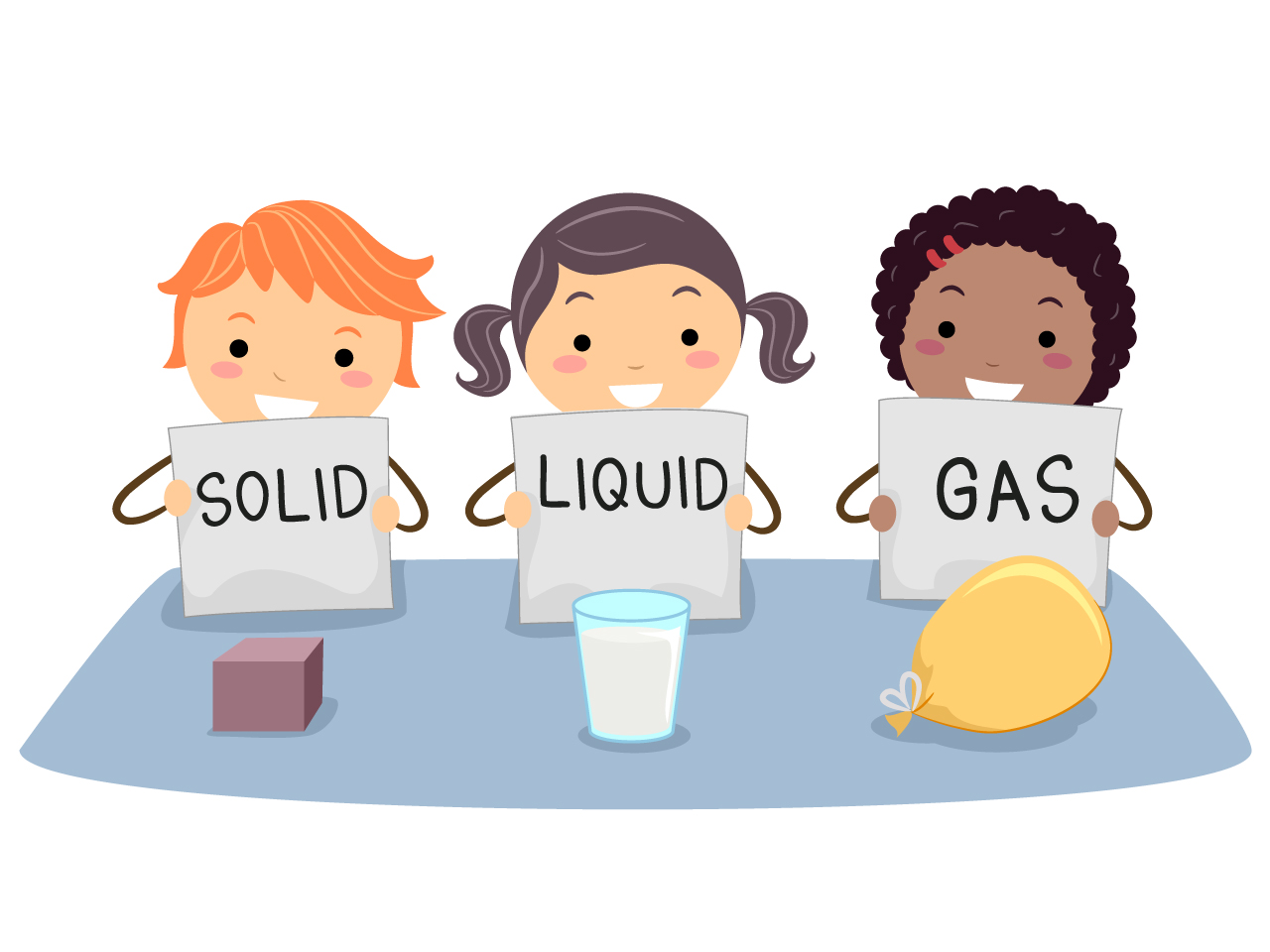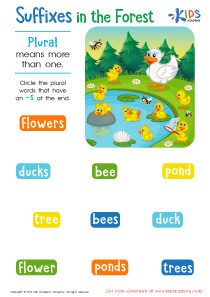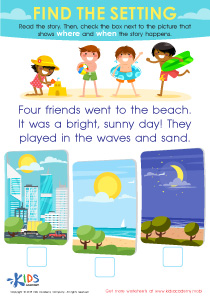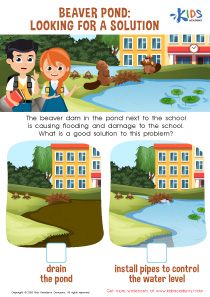Easy Tracing Shapes worksheets activities for 6-Year-Olds
2 filtered results
-
From - To
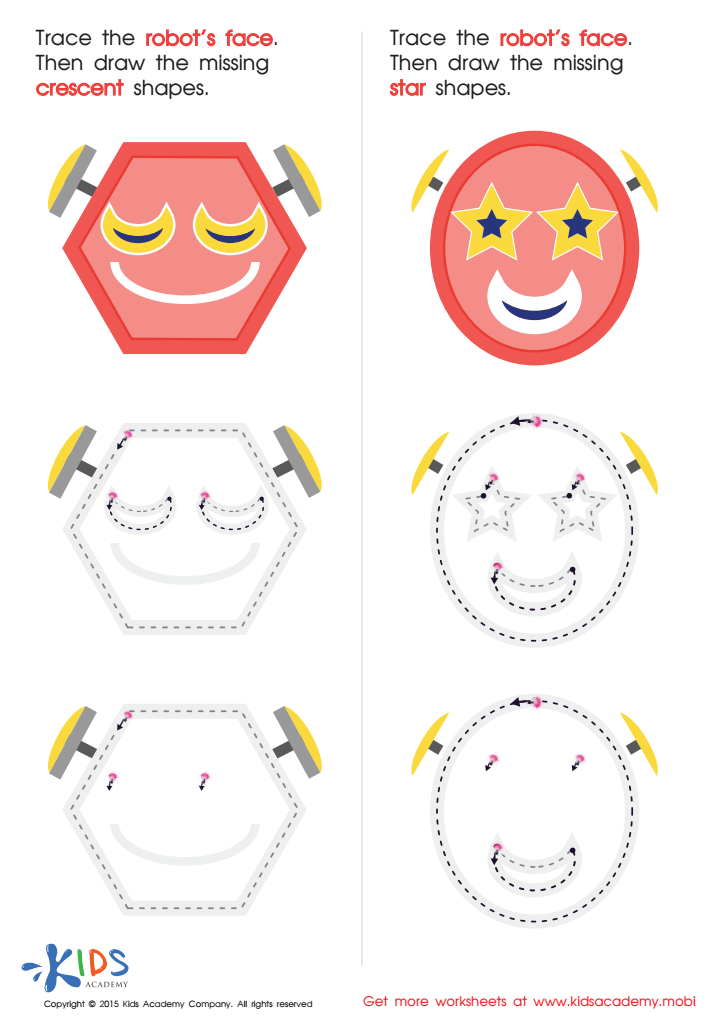

Composing a Robot's Face of Crescents And Stars Worksheet
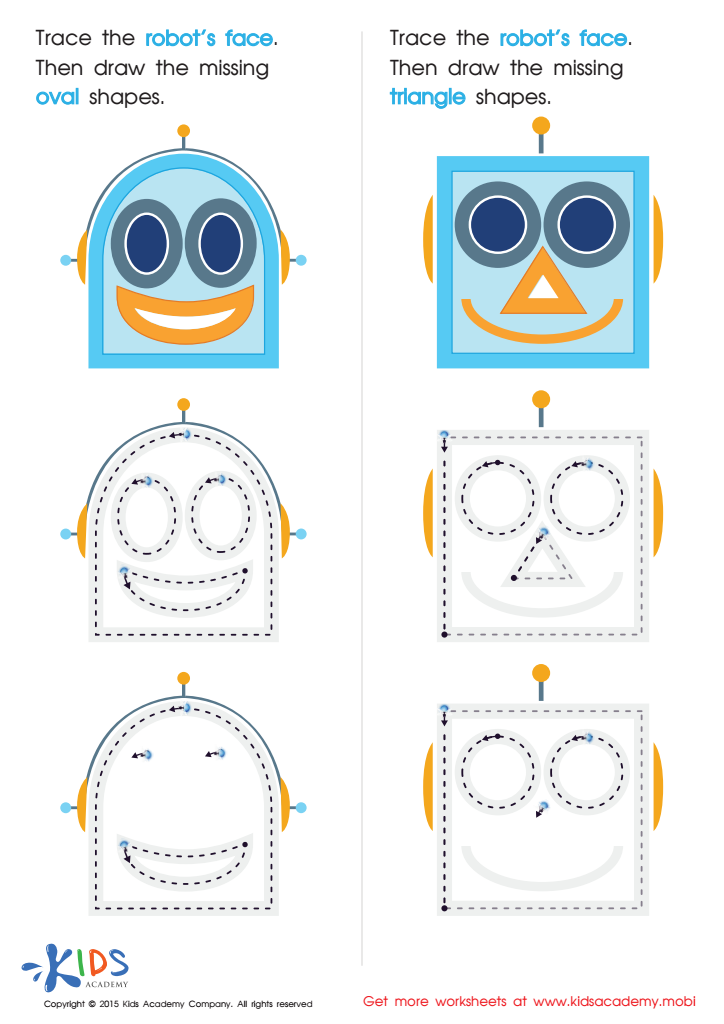

Drawing Ovals And Triangles with Fun Printable
Easy Tracing Shapes worksheets activities are an incredibly useful educational tool for children in the early stages of learning. These activities serve as a foundational step in the development of fine motor skills, spatial awareness, and the understanding of geometric concepts. By engaging in Easy Tracing Shapes worksheets, children can enhance their ability to control pencils and crayons, which is critical for writing, drawing, and performing daily tasks that require hand-eye coordination.
Tracing shapes helps children to recognize and differentiate between various shapes, an essential skill that forms the basis for understanding more complex mathematical concepts later on. It introduces them to the world of geometry in a fun and engaging way, laying the groundwork for future success in math. Furthermore, Easy Tracing Shapes worksheets activities can significantly boost a child’s confidence as they learn to master the task of tracing over lines accurately, providing them with a sense of achievement.
In addition to academic benefits, these activities foster creativity and imagination. As children become more comfortable with shapes, they start to see how these fundamental elements come together to form objects in the world around them. This realization sparks creativity, encouraging them to draw and create their own designs using the shapes they have learned to trace.
Moreover, Easy Tracing Shapes worksheets are accessible and can be easily incorporated into a child's daily routine. Whether at home, in school, or on the go, these activities require minimal preparation and materials, making them a convenient option for parents and educators looking to support children’s development in an effective and engaging manner.
In conclusion, Easy Tracing Shapes worksheets activities are not only beneficial for developing fine motor skills and introducing basic geometric concepts, but they also play a significant role in fostering creativity, enhancing spatial awareness, and building confidence in young learners. Their simplicity, coupled with their educational value, makes them an indispensable tool in early childhood education.

 Assign to My Students
Assign to My Students



.jpg)



